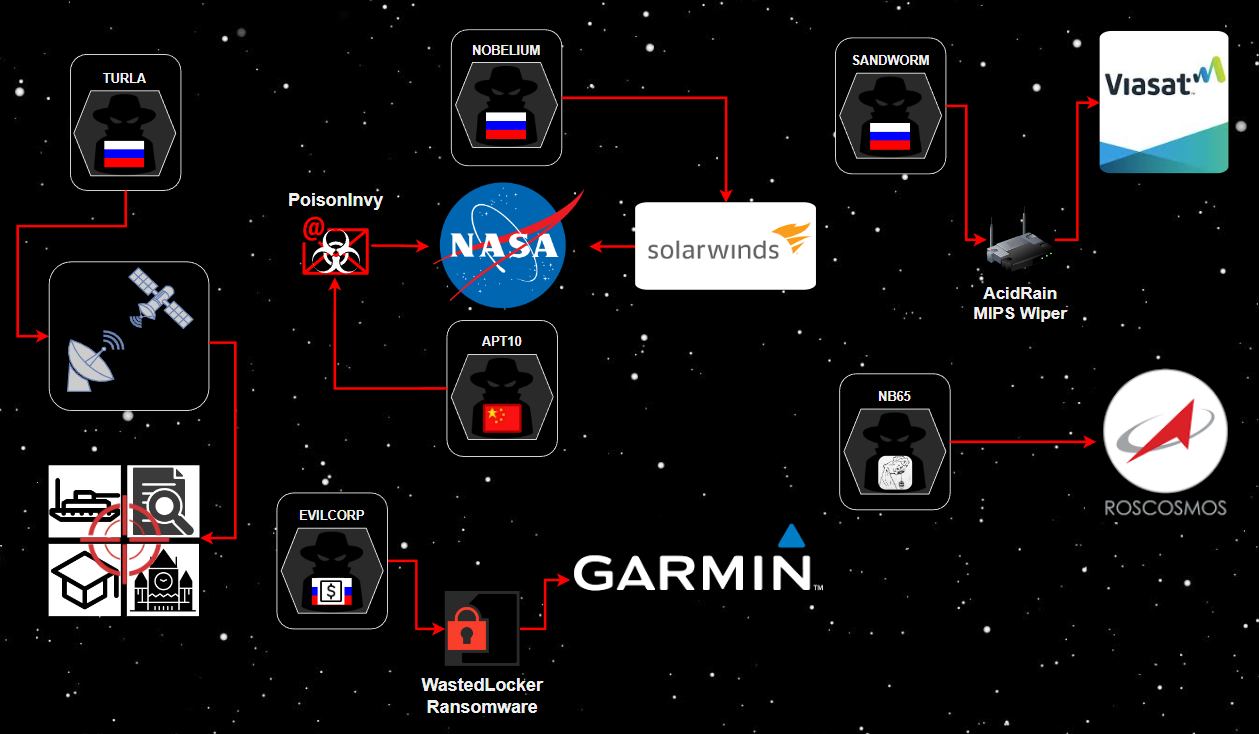Tracking Adversaries: RedZei, Chinese-speaking scammers targeting Chinese students in the UK

Welcome to the final BushidoToken blog of 2022. Over the last year or so, an associate of mine in the UK has been targeted by a persistent Chinese-speaking scammer. The scammer often calls once or twice a month from a unique UK-based phone number and, if left unanswered, leaves an unusual automated voicemail. I got the recorded voicemails and identified that they are almost certainly scam calls from Chinese-speaking fraudsters targeting Chinese international students at universities in the UK. I have tracked this campaign for over a year and built a profile on the group's activities based on just the calls and voicemails they have left. I am now disclosing these attempts and subsequently tracking this activity group as "RedZei" (aka "RedThief"). The RedZei fraudsters have chosen their targets carefully, researched them and realized it was a rich victim group that is ripe for exploitation. A quick OSINT search found several recent articles about this apparent...





